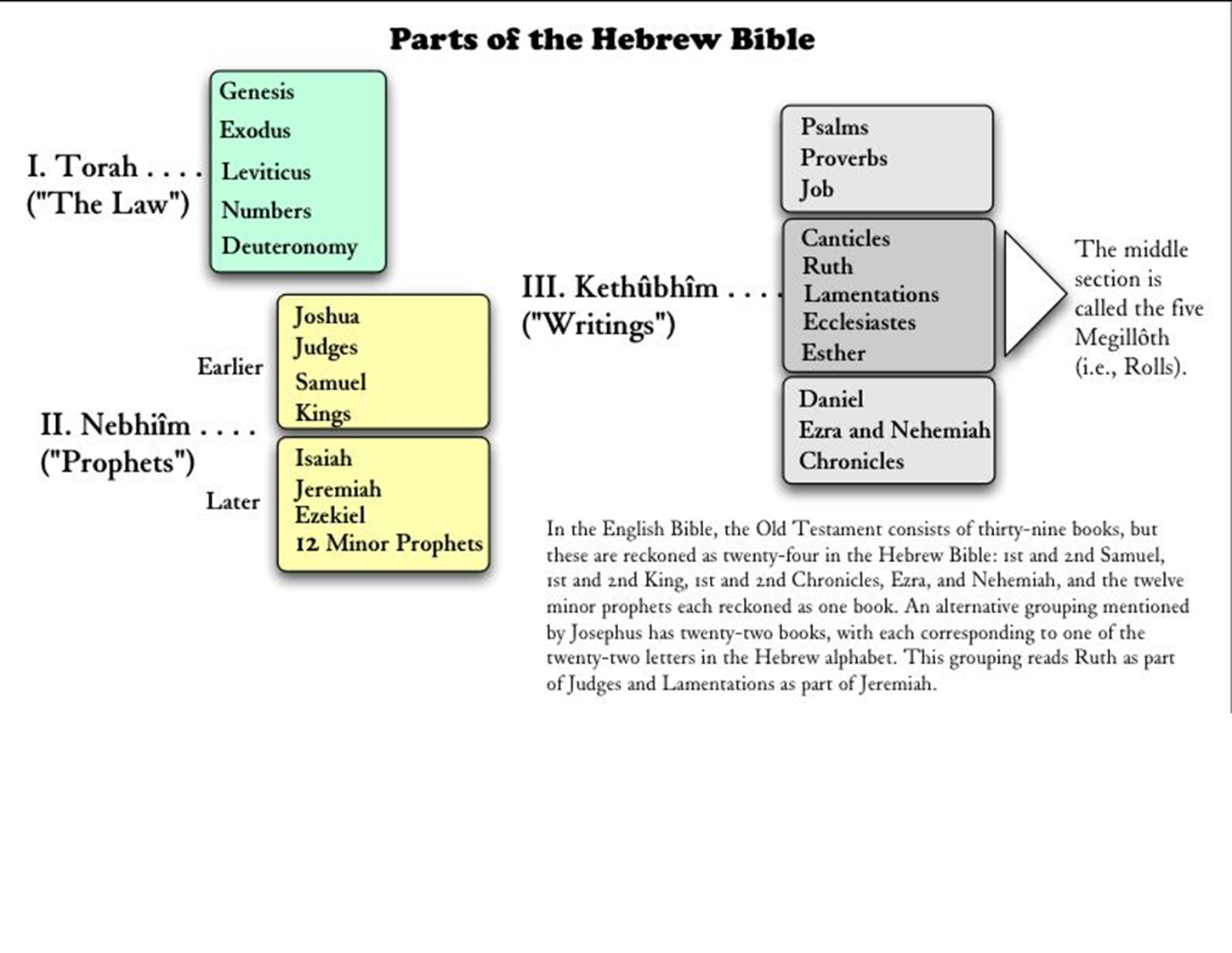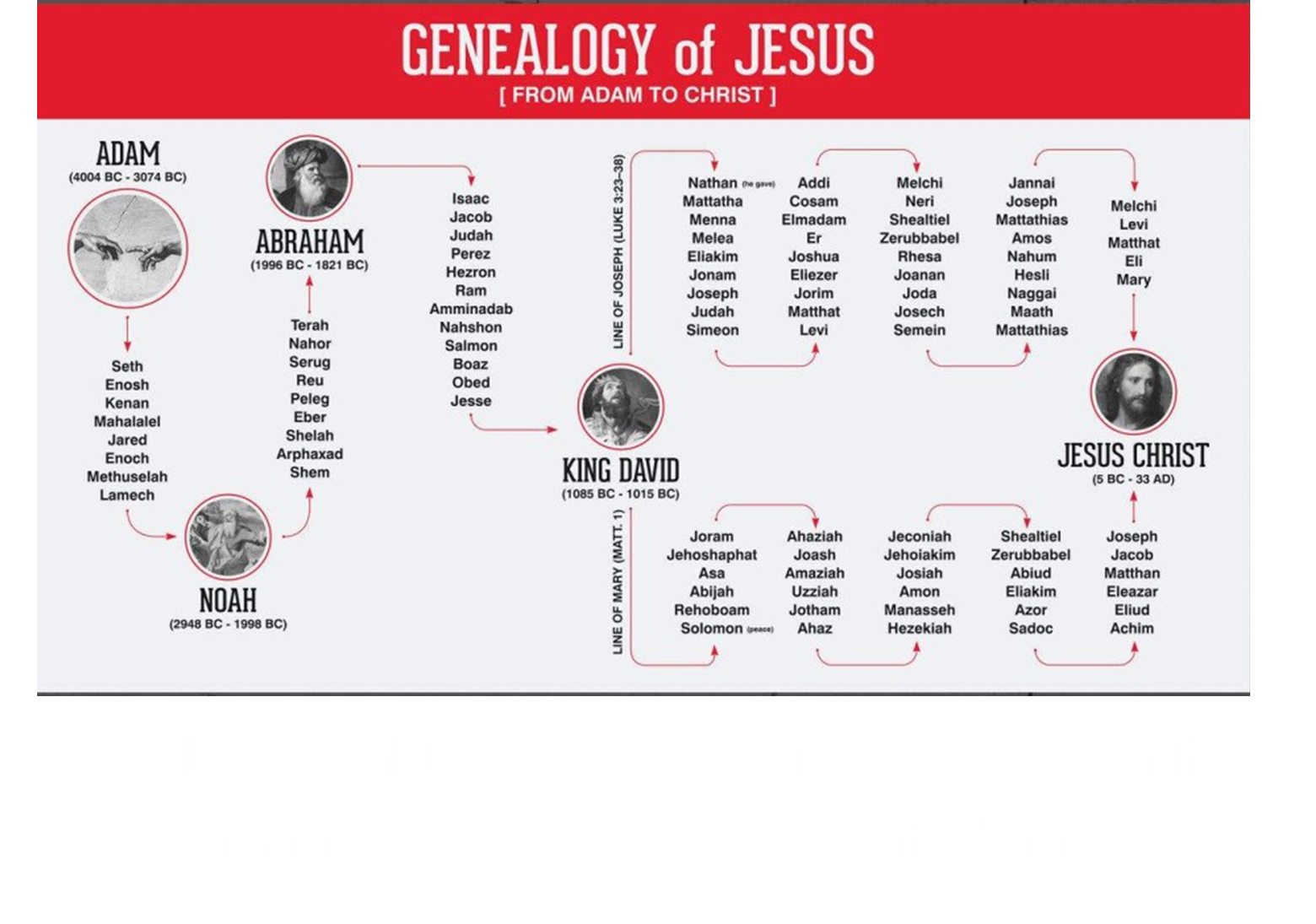Ruth: Introduction.
length: 68:33 - taught on Dec, 7 2017
Class Outline:
Title: Ruth: Introduction.
Ruth can be viewed as a third appendix to Judges.
The book of Ruth takes place during the time of the Judges.
RUT 1:1 Now it came about in the days when the judges governed, that there was a famine in the land.
In ancient times some viewed it as a part of the book and the third appendix to the book. The Septuagint, written around 250 BC doesn't give Ruth a title and includes it in the book of Judges, but the Septuagint was translated centuries after the book of Ruth was written, therefore, that it is an appendix is not completely certain.
Adding the fact that the literary style is different in Ruth than in Judges, some evidence points to a different author, but this is obscure. While seeking its place as an independent book or an appendix to Judges is being thorough, such questions do not really matter when we consider the book's important and eternal message.
While the first and second appendices of the Book of Judges showed something negative, particularly Gibeah of the Benjamites, where Saul came from, which was sinful, immoral, inhospitable, and violating the Law of Moses, the Book of Ruth focuses on Bethlehem where good things were happening, where one had hospitality so that even a Gentile was welcomed.
In the book of Ruth, people are going out of their way to maintain and keep the Mosaic Law.
The Book of Ruth shows how God made preparations for Israel to have a king/King (David/Jesus). The origin of the king should not be Gibeah, but should be Bethlehem.
This a main reason for the book. There is a love that is displayed, although, interestingly, the word love is not used in the book. However, the Hebrew word checed. Naomi, Ruth, and Boaz are said to have checed. It is a word that means lovingkindness, steadfast love, or covenant love.
In this beautiful book we have the theme of covenant love interwoven with the preparations for Israel to have a King. Added to that, Boaz who has steadfast love for Ruth, a non-Jew, fits the role of kinsman redeemer and is thus a type of that King to come.
Title: based on the main character. Ruth has two possible roots, raah ("to associate with someone"), or reut ("to befriend"). Ruth has the idea of loving, selfless friendship.
Fallen man has been called into fellowship with God through the one who would come from Ruth, the Lord Jesus Christ. Her descendent would offer raah and reut to all mankind through His sacrificial death and their faith in Him. He would be the King of all resurrection, the firstborn from the dead, and He would invite all to be resurrected with Him, being transformed from death to life.
The book begins with famine, tragedy, and death and it ends with joy, life, and purpose. These are symbolic of man's fall and rebirth in Christ.
The book begins with tragedy and death and it ends with joyous celebration and life, and most of all purpose - the most important of all purposes. It begins with a famine and ends with an abundance of grain.
RUT 1:1 And a certain man of Bethlehem in Judah went to sojourn in the land of Moab with his wife and his two sons.
RUT 1:2 And the name of the man was Elimelech, and the name of his wife, Naomi; and the names of his two sons were Mahlon and Chilion, Ephrathites of Bethlehem in Judah. Now they entered the land of Moab and remained there.
RUT 1:3 Then Elimelech, Naomi's husband, died; and she was left with her two sons.
RUT 1:4 And they took for themselves Moabite women as wives; the name of the one was Orpah and the name of the other Ruth. And they lived there about ten years.
RUT 1:5 Then both Mahlon and Chilion also died; and the woman was bereft of her two children and her husband.
Ruth is not Jewish. She is a Moabitess. This is only one of two books in the OT named after a Gentile.
Author: unknown

According to the Talmud, the Jewish compilation of oral law and commentary, the author of the book of Ruth is Samuel, but there is no way of verifying that.
Since we understand that the writer of Judges wrote around 1000 BC, and since Ruth is likely an appendix, it was written around the same time. This means that just as with the events in Judges, the writer was not an eye-witness to the events in the Book of Ruth, writing about 150 years after the fact.
The Hebrew Bible has three divisions: The Law, the Prophets, and the Writings. Ruth is the fifth book in the writings and it was read during the feast of Weeks or Pentecost (Shavuot).
No one really knows why the book came to be read at Pentecost. It may be that the book takes place during the barley harvest, which is in the spring, and this coincides with the time of Pentecost. There are many other theories, but since the reading of the book at that time is not commanded in the Bible, the ritual is manmade.
Time: likely during the time of Gideon.
The events take place in the time of the Judges and we discover that there is a famine. If this was the same famine as mentioned in JDG 6:3-4, then the story would have taken place during the time of Gideon, which seems to be the best fit.
It may also have taken place during the Philistine and Ammonite oppression from which Jephthah delivered Israel. Most commentators lean towards Gideon's time.
Ruth is a breath of fresh air after the book of Judges. It is like a calm summer sunrise after a fierce storm. It serves as a perfect ending to the turmoil of the time of the Judges like the Second Coming of Christ will be to the Great Tribulation. Despite all that Israel did in defiance and apostasy, the Lord is still going to fulfill His promises, and so the book of Ruth is a story of fidelity, loyalty, righteousness, love, and purity as opposed to idolatry, selfishness, and immorality.
Instead of idolatry there is only the worship of God. Where there was decline and disloyalty there is devotion. Where there was lust there is love. Instead of war there is peace. Instead of cruelty there is kindness. Instead of disobedience leading to judgment there is obedience leading to blessing.
Ruth was a Moabite who were descendents of Lot through his oldest daughter. Moab experienced years of enmity with Israel. During Moses' time the king of Moab, Balak, did not war with Israel after seeing them handle the Amorites, but he did have Balaam attempt to curse them. In Jdg 3, Eglon, king of Moab subjugated Israel but who was killed by the judge Ehud, who delivered Israel.
The book presents a supplement by way of contrast to Judges. It shows what should have always been the true spirit of Israel.
Ruth exhibits the mysterious connection between Israel and the Gentiles, which was not really understood until some years into the church age.

Peter didn't understand it for some time. Paul called it a mystery.
ACT 10:44 While Peter was still speaking these words, the Holy Spirit fell upon all those who were listening to the message.
ACT 10:45 And all the circumcised believers who had come with Peter were amazed, because the gift of the Holy Spirit had been poured out upon the Gentiles also.
ACT 10:46 For they were hearing them speaking with tongues and exalting God. Then Peter answered,
ACT 10:47 "Surely no one can refuse the water for these to be baptized who have received the Holy Spirit just as we did, can he?"
ACT 10:48 And he ordered them to be baptized in the name of Jesus Christ. Then they asked him to stay on for a few days.
EPH 3:1 For this reason I, Paul, the prisoner of Christ Jesus for the sake of you Gentiles —
EPH 3:2 if indeed you have heard of the stewardship of God's grace which was given to me for you;
EPH 3:3 that by revelation there was made known to me the mystery, as I wrote before in brief.
EPH 3:4 And by referring to this, when you read you can understand my insight into the mystery of Christ,
EPH 3:5 which in other generations was not made known to the sons of men, as it has now been revealed to His holy apostles and prophets in the Spirit;
EPH 3:6 to be specific, that the Gentiles are fellow heirs and fellow members of the body, and fellow partakers of the promise in Christ Jesus through the gospel,
EPH 3:7 of which I was made a minister, according to the gift of God's grace which was given to me according to the working of His power.
The book of Ruth ends with a wonderful surprise, the genealogy of Christ.
RUT 4:18 Now these are the generations of Perez: to Perez was born Hezron,
RUT 4:19 and to Hezron was born Ram, and to Ram, Amminadab,
RUT 4:20 and to Amminadab was born Nahshon, and to Nahshon, Salmon,
RUT 4:21 and to Salmon was born Boaz, and to Boaz, Obed,
RUT 4:22 and to Obed was born Jesse, and to Jesse, David.





